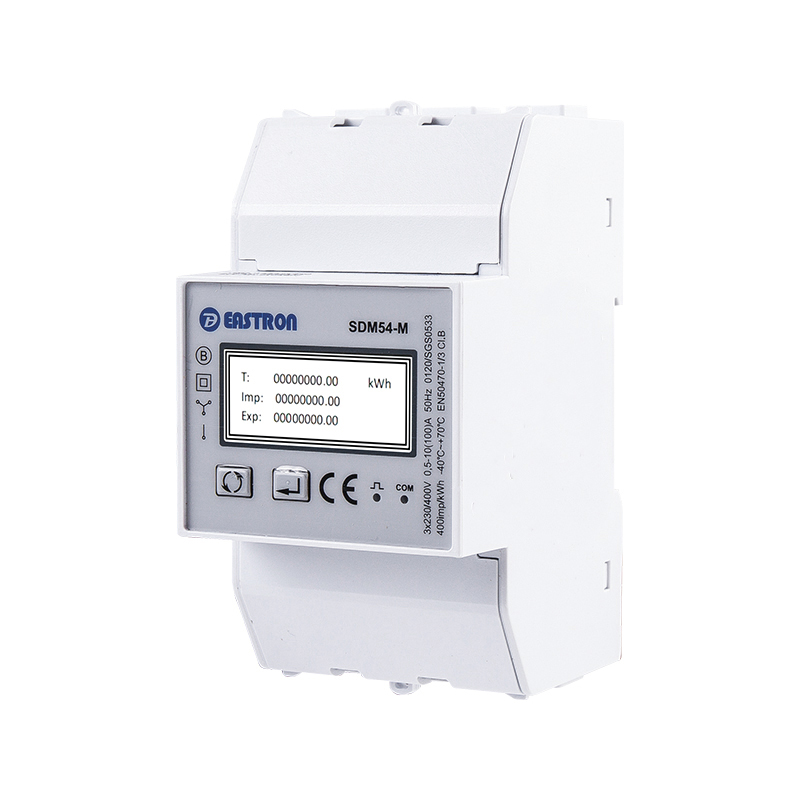Product Consultation
Your email address will not be published. Required fields are marked *
The key differences between single-phase and three-phase solar PV meters lie primarily in their design, application, and capability to monitor energy production in different types of electrical systems:
Electrical System Compatibility:
Single-Phase Meters: Designed for monitoring electricity in single-phase electrical systems, which are common in residential settings and small commercial installations. Single-phase meters typically measure voltage and current in a single alternating current (AC) waveform.
Three-Phase Meters: Specifically designed to monitor electricity in three-phase electrical systems, which are prevalent in larger commercial and industrial installations. Three-phase meters measure voltage and current across three separate AC waveforms (phases).
Measurement Accuracy and Capability:
Single-Phase Meters: Focus on measuring parameters such as single-phase voltage (V), current (I), active power (P), and energy consumption (kWh) in residential and small commercial solar PV systems.
Three-Phase Meters: Capable of measuring three-phase parameters including phase-to-phase voltage (V), line current (I), total power (P), reactive power (Q), apparent power (S), power factor (PF), and energy consumption (kWh). They provide a comprehensive view of energy production and consumption in larger installations.
Application and Installation:
Single-Phase Meters: Typically installed in single-phase electrical panels or distribution boards, making them suitable for smaller solar PV systems with simpler electrical configurations.
Three-Phase Meters: Installed in three-phase electrical panels or distribution boards, suitable for larger solar PV systems that require monitoring across multiple phases to ensure balanced load distribution and efficient energy management.

Cost and Complexity:
Single-Phase Meters: Generally less expensive and simpler in design compared to three-phase meters, reflecting their application in smaller-scale installations with lower power demands.
Three-Phase Meters: Often more expensive and more complex due to the additional components and capabilities required to monitor three-phase electrical systems accurately.
Regulatory and Compliance Requirements:
Single-Phase and Three-Phase Meters: Both types of meters must comply with relevant regulatory standards and utility requirements for accuracy, reliability, and compatibility with grid interconnection protocols. Compliance ensures that energy production data meets validation criteria for incentives, feed-in tariffs, and grid stability requirements.
The key differences between single-phase and three-phase solar PV meters primarily revolve around their electrical system compatibility, measurement capabilities, application suitability, cost, complexity, and regulatory compliance. Choosing the right type of meter depends on the specific electrical configuration and energy monitoring needs of the solar PV installation.
Your email address will not be published. Required fields are marked *
We develop and produce high performance electricity meters, power analyzers, current sensors, communication modules and management systems. China Custom Smart Meters Manufacturers and Factory
Eastron China (HQ) : NO 52, Dongjin Road, Nanhu, Jiaxing, Zhejiang, China
Eastron UK : Suite 1 Cornwallis House, Howard Chase, Basildon, UK
Eastron EU : Unit 3 Finglas Business Centre, Jamestown Road, Finglas, Dublin, Ireland
Copyright @ Eastron Electronic Co., Ltd. All rights reserved Electricity Meters Manufacturers
